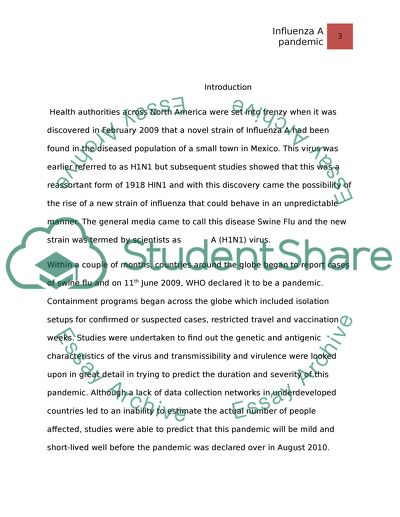Cite this document
(“Pandemic Potential of a Strain of Influenza A (H1N1): Early Findings Research Paper”, n.d.)
Retrieved from https://studentshare.org/family-consumer-science/1419116-pandemic-potential-of-a-strain-of-influenza-a
Retrieved from https://studentshare.org/family-consumer-science/1419116-pandemic-potential-of-a-strain-of-influenza-a
(Pandemic Potential of a Strain of Influenza A (H1N1): Early Findings Research Paper)
https://studentshare.org/family-consumer-science/1419116-pandemic-potential-of-a-strain-of-influenza-a.
https://studentshare.org/family-consumer-science/1419116-pandemic-potential-of-a-strain-of-influenza-a.
“Pandemic Potential of a Strain of Influenza A (H1N1): Early Findings Research Paper”, n.d. https://studentshare.org/family-consumer-science/1419116-pandemic-potential-of-a-strain-of-influenza-a.


